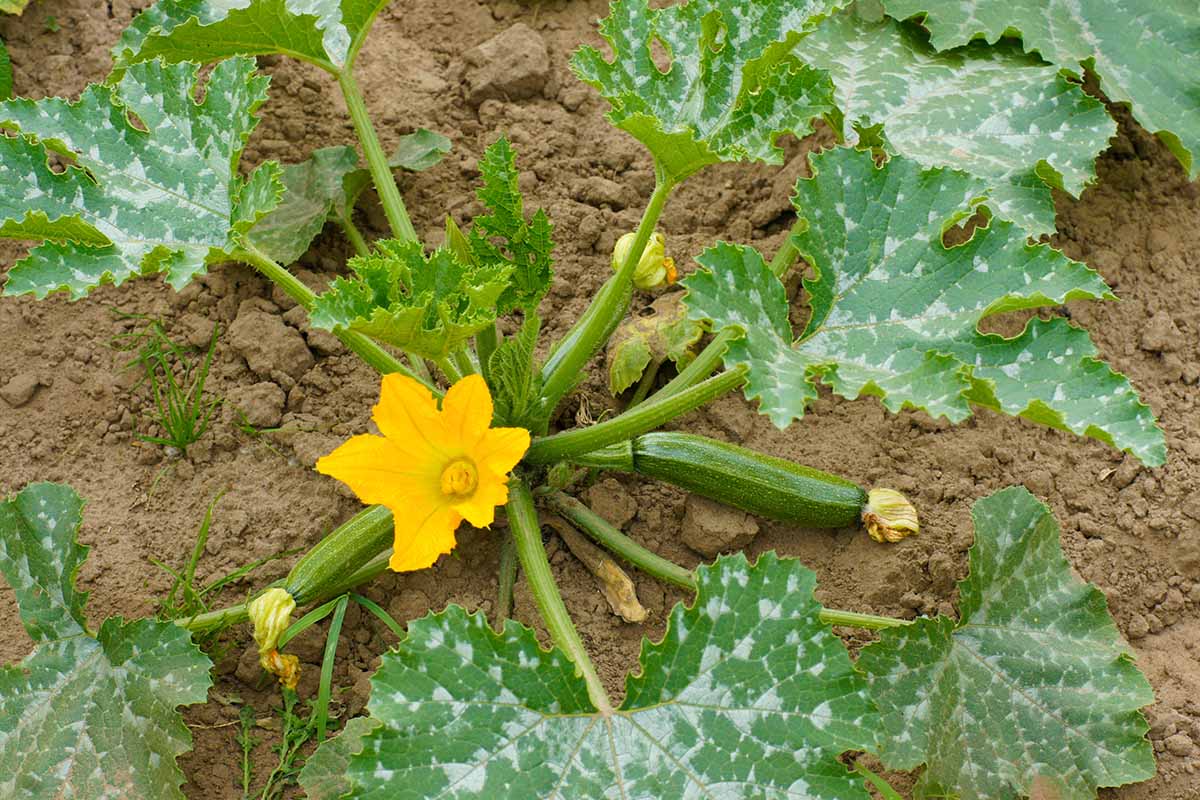So, you’ve decided to try your hand at growing your own zucchini plants. Well, good for you! There’s nothing quite like harvesting your own fresh vegetables from your garden. But now that your zucchini plant is growing wild and unruly, you might be wondering how to tame it. Don’t worry, my friend, because this article will give you a beginner’s guide to trimming a zucchini plant. Whether you’re a green thumb or just starting out, we’ve got you covered with simple tips and techniques to keep your zucchini plant healthy and thriving. Let’s get started, shall we?
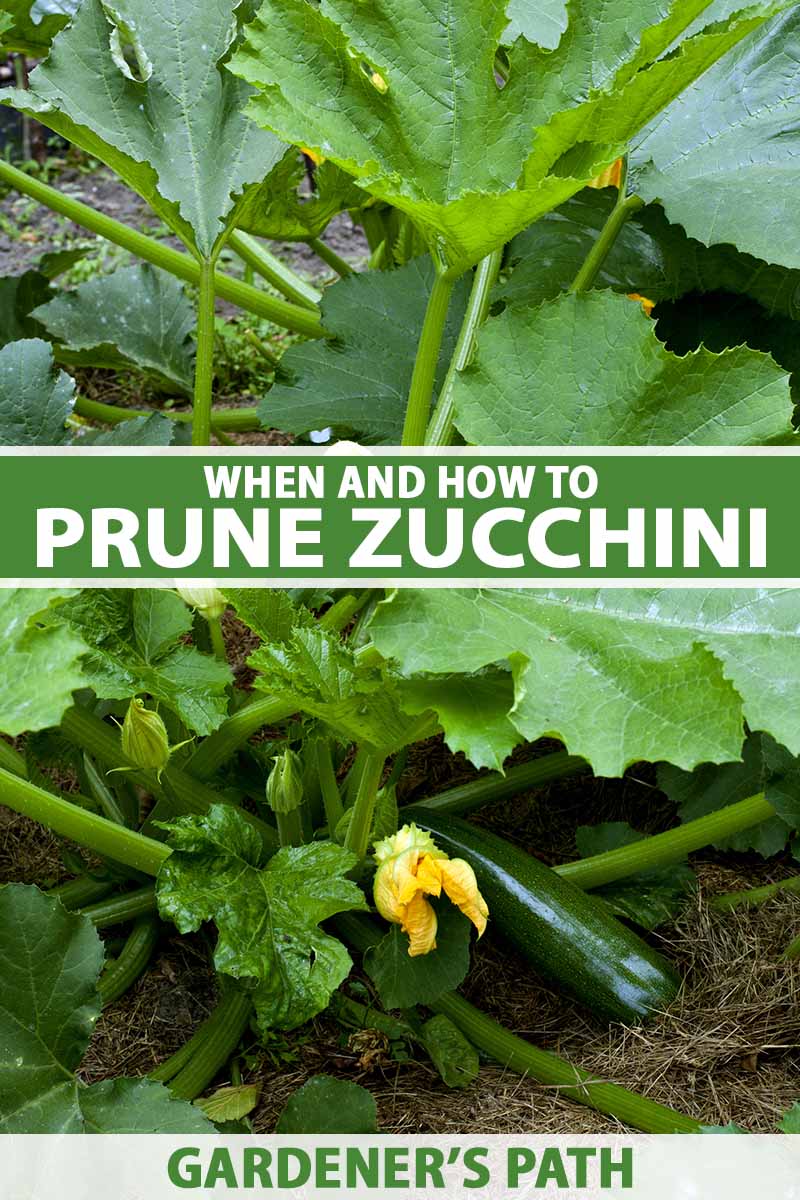
Understanding the Basics of Trimming a Zucchini Plant
Determine When to Trim
Knowing when to trim your zucchini plant is crucial for its health and productivity. Generally, trimming is done during the growing season, when the plant is actively producing leaves, flowers, and fruits. It’s best to avoid trimming during extreme weather conditions, such as during periods of intense heat or cold. Additionally, wait until the plant has reached a sufficient size and is well-established before performing any trimming.
Gather the Necessary Tools
Before you start trimming, it’s important to gather the necessary tools to ensure a smooth and efficient process. Some essential tools you’ll need include a pair of sharp and clean pruning shears, garden gloves to protect your hands, a clean cloth or towel for wiping down the shears, and a small bucket or bag for collecting trimmings. Having these tools readily available will make the trimming process much easier and hassle-free.
Understand Plant Anatomy
To effectively trim your zucchini plant, it’s essential to understand its anatomy. Zucchini plants have main stems, lateral branches, and leaves. The main stem is the central, vertical stem from which lateral branches emerge. The leaves are attached to these branches. Identifying and understanding the different parts of the plant will assist you in making informed decisions about which areas to trim and how to promote healthy growth.
Consider Health and Safety
Before you begin trimming, it’s crucial to prioritize your health and safety. Wear appropriate protective gear such as gloves to protect your hands from any potential injuries or irritations. Additionally, make sure your tools are clean and sharp to prevent any damage to the plant. Remember to take breaks to rest and hydrate to prevent fatigue, especially if you have a large zucchini plant or multiple plants to trim. Taking proper precautions will ensure a safe and enjoyable trimming experience.
Assessing the Plant’s Growth and Needs
Evaluate Plant Size and Vigor
Before you start trimming, evaluate the size and vigor of your zucchini plant. A healthy and vigorous plant may not require extensive trimming, as it is likely already growing optimally. However, if your plant appears stunted or has weak growth, it may benefit from strategic trimming to redirect its energy and promote better growth.
Identify Overgrown or Diseased Areas
Carefully inspect your zucchini plant to identify any overgrown or diseased areas. Overgrown branches can drain energy from the plant, leading to reduced productivity. Diseased areas, such as leaves with powdery mildew or rot, should also be identified and targeted for removal to prevent the spread of disease to the rest of the plant. Identifying these areas will help you prioritize which parts of the plant need trimming.
Determine the Trimming Goals
Before you start trimming, it’s essential to determine your goals for the process. Are you looking to promote better air circulation and light penetration? Do you want to redirect the plant’s energy towards more productive branches? Understanding your trimming goals will guide you in making the appropriate cuts and achieving the desired outcomes for your zucchini plant.
Ensure Proper Timing
Timing is crucial when it comes to trimming your zucchini plant. It’s best to trim during the early morning or late afternoon when temperatures are cooler, as this reduces stress on the plant. Avoid trimming during periods of intense heat or cold. Trimming too early in the season before the plant has had a chance to establish itself can also hinder its overall growth. By ensuring proper timing, you will give your zucchini plant the best chance to thrive.
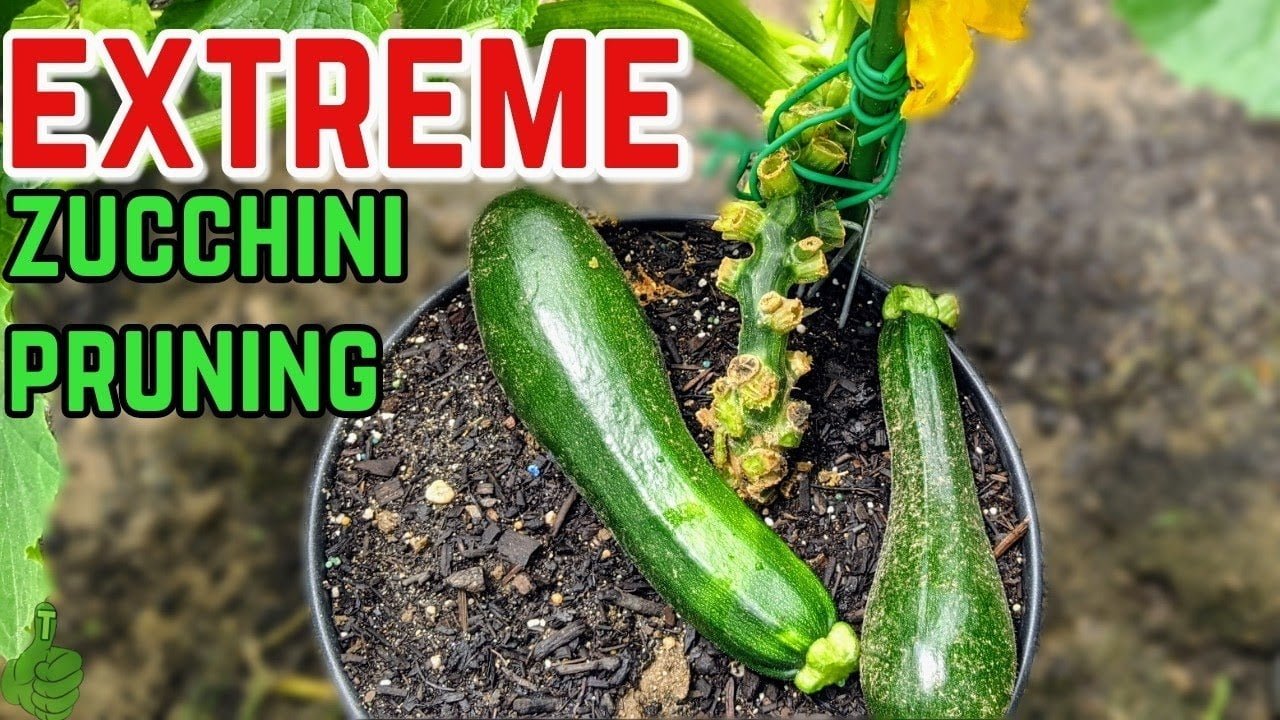
Pruning Techniques for Zucchini Plants
Sterilize Your Tools
Before you begin pruning your zucchini plant, it’s important to sterilize your tools. This helps prevent the transmission of diseases or pathogens from one plant to another. Simply wiping down the blades of your pruning shears with rubbing alcohol or a diluted bleach solution will suffice. Make sure to dry the tools thoroughly before use to prevent any potential damage to the plant.
Pinching Off Dead or Damaged Leaves
Start by pinching off any dead or damaged leaves from your zucchini plant. Dead leaves not only detract from the overall appearance of the plant but can also attract pests and disease. By removing these leaves, you improve the plant’s overall aesthetics and reduce the risk of further issues.
Removing Overgrown and Unproductive Branches
Identify any overgrown or unproductive branches and remove them. Overgrown branches can divert energy away from more productive areas of the plant, resulting in reduced yields. Removing these branches allows the plant to focus its resources on developing healthier and more productive areas.
Pruning for Air Circulation and Light Penetration
Promoting proper air circulation and light penetration is crucial for the health of your zucchini plant. Trim back any branches or leaves that are obstructing airflow or shading other parts of the plant. This allows for better disease prevention and ensures that all parts of the plant receive adequate sunlight, leading to improved growth and fruit production.
Recommended Trimming Procedures
Begin with the Right Approach
When trimming your zucchini plant, it’s important to approach the task with the right mindset. Take a step back and assess the plant as a whole before making any cuts. Consider the long-term goals you have for the plant, such as maximizing fruit production or improving plant health. By having a clear approach in mind, you can make informed decisions and achieve the desired outcomes more effectively.
Trim Main Stems Appropriately
Start by trimming any main stems that are presenting issues, such as overgrowth or disease. Make clean, angled cuts just above a leaf node or lateral branch junction. This allows for proper healing and reduces the risk of irreparable damage to the plant. Be mindful not to remove more than one-third of the stem length, as this can shock the plant.
Target Lateral Branches and Suckers
Next, target any lateral branches or suckers that are hindering the overall growth or productivity of the zucchini plant. Lateral branches that are crossing or rubbing against each other can impede airflow and increase the risk of disease. Remove these branches, making angled cuts just above a leaf node or the main stem. As for suckers, which are shoots that emerge from the base of the plant, prune them close to the main stem to maintain a cleaner, well-managed appearance.
Trim Leaves and Flowers Judiciously
While it’s important to remove dead or damaged leaves and flowers, be judicious in your pruning. Avoid removing too many healthy leaves, as they play a vital role in photosynthesis and nutrient absorption. Prioritize the removal of leaves and flowers that are inhibiting air circulation or shading productive areas. This will promote optimal growth while still maintaining the plant’s overall health.
Train Vining Zucchini Plants
If you have vining zucchini plants, training them can help optimize space and promote better growth. As the plant grows, guide the main stem along a trellis or support structure, gently tying it with garden twine. This encourages vertical growth and reduces the need for excessive trimming. Regularly monitor the plant’s growth and adjust the training as necessary to maintain its intended shape.
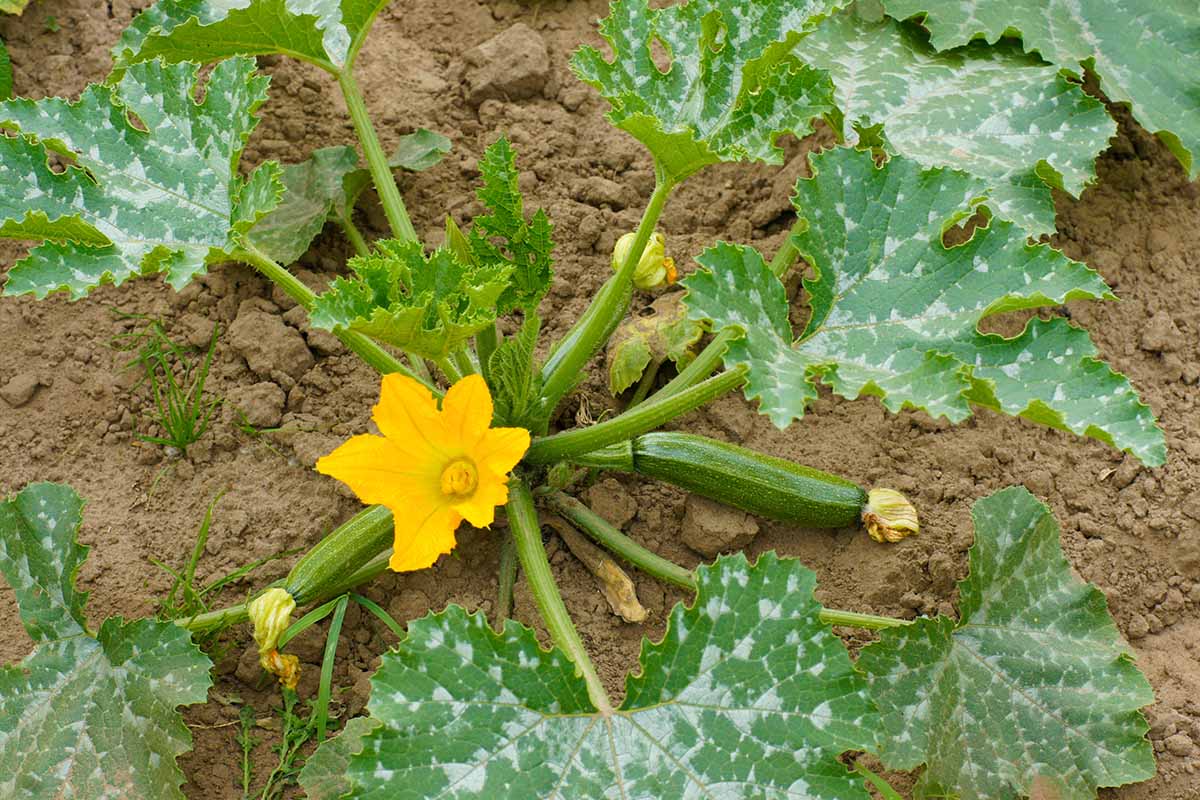
Preventive Measures and After-Trim Care
Cleanliness and Hygiene
Maintaining cleanliness and hygiene throughout the trimming process is essential for the health of your zucchini plant. After each cut, wipe the blades of your pruning shears with a clean cloth or towel to remove any sap or debris. This prevents the potential spread of diseases and ensures that each cut is clean and precise.
Dispose of Trimmings Properly
Properly disposing of trimmings is important to prevent the spread of pests or diseases. Collect the trimmings in a small bucket or bag as you go, and dispose of them in a sealed garbage bag or compost bin. Avoid leaving trimmings scattered around the garden, as this can attract pests or allow diseases to spread. Maintaining a clean and tidy garden environment supports the overall health of your zucchini plant.
Monitor and Maintain Plant Health
After trimming, continue to monitor and maintain the health of your zucchini plant. Regularly inspect the plant for any signs of disease, pests, or nutrient deficiencies. Apply appropriate pest control measures or fertilizers as needed, following the instructions on the product labels. By staying vigilant and proactive, you can address any issues promptly and ensure the continued well-being of your plant.
Provide Adequate Water and Nutrients
Trimming can create a temporary stress on the zucchini plant, so it’s important to provide it with the necessary water and nutrients to support recovery and new growth. Water your plant deeply after trimming to help hydrate the roots and promote absorption of nutrients. Consider using organic fertilizers or compost to replenish any nutrients that may have been depleted during the trimming process.
Common Mistakes to Avoid
Over-Trimming or Under-Trimming
One common mistake when trimming zucchini plants is either over-trimming or under-trimming. Over-trimming can weaken the plant, reduce fruit production, and hinder overall growth. Under-trimming, on the other hand, can lead to overcrowding, poor air circulation, and increased disease susceptibility. Avoid these mistakes by carefully evaluating the plant’s needs and following the recommended trimming techniques outlined earlier.
Trimming at the Wrong Time
Trimming at the wrong time can also have negative consequences for your zucchini plant. As mentioned earlier, avoid trimming during periods of extreme weather or when the plant is under stress. Additionally, trimming too early in the season before the plant is well-established can hinder its growth. Always consider the plant’s growth stage and environmental conditions before deciding to trim.
Neglecting Proper Tool Maintenance
Neglecting to properly maintain your trimming tools can result in inefficient cuts and potential damage to the plant. After each use, clean the blades of your pruning shears and wipe them dry to prevent rusting. Regularly sharpen the blades to ensure a clean and precise cut. Proper tool maintenance not only prolongs the lifespan of your equipment but also contributes to the health and well-being of your zucchini plant.
Failing to Monitor Plant Health
Trimming is not a one-time task; it’s an ongoing process. Failing to monitor your zucchini plant’s health after trimming can allow potential issues to go unnoticed and unchecked. Regularly inspect the plant for any signs of disease, pests, or nutrient deficiencies. Address any problems promptly to prevent further damage and ensure the long-term success of your plant.
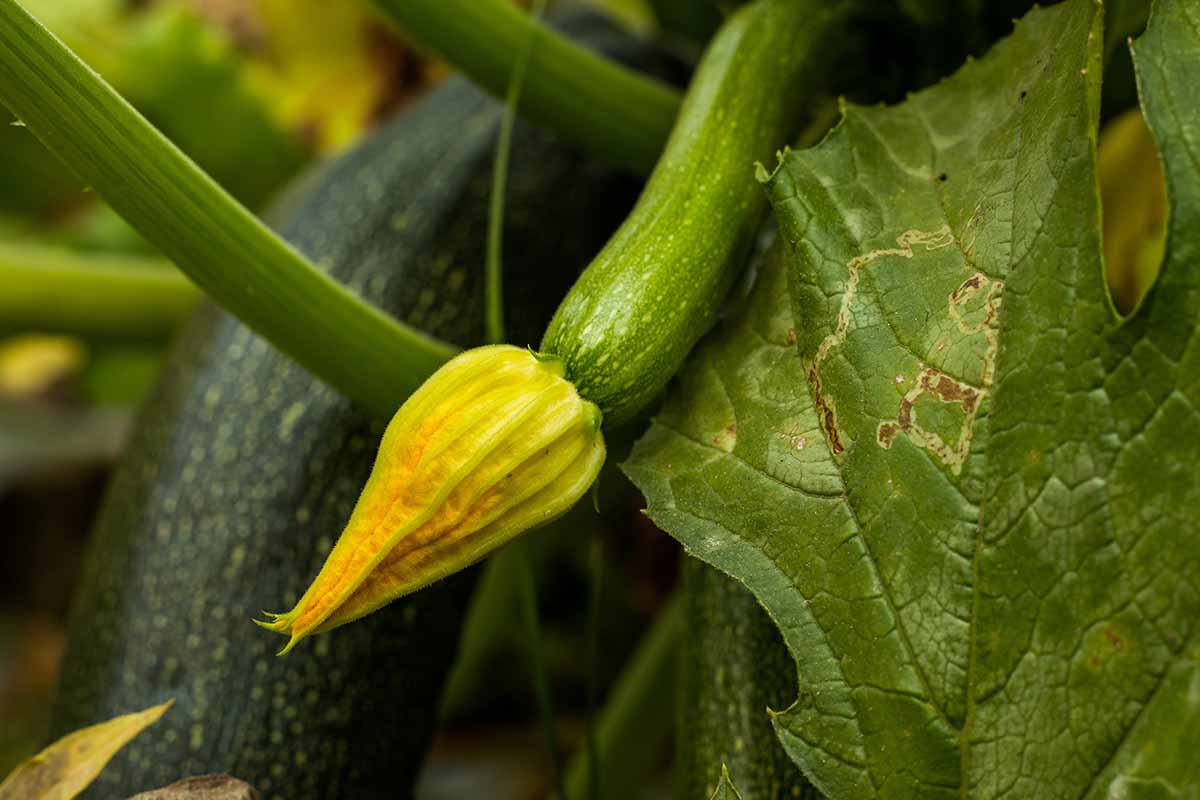
Troubleshooting Trimming Challenges
Branch or Stem Bleeding
Occasionally, after trimming a zucchini plant, you may notice bleeding from the cuts, where sap continues to ooze. While this can be alarming, it’s generally not a cause for concern. Zucchini plants naturally produce sap, and it will eventually stop flowing. However, if the bleeding persists or you observe other signs of distress in the plant, it’s advisable to seek guidance from a gardening professional or do further research to address the issue.
Stunted Growth after Trimming
If you notice stunted growth in your zucchini plant after trimming, it could be due to various factors. Insufficient watering or poor soil nutrition may be preventing the plant from recovering and regrowing at a normal rate. Check that your zucchini plant is receiving adequate water and nutrients, and make any necessary adjustments. Patience is key, as it may take some time for the plant to fully recuperate and resume its growth.
Increased Susceptibility to Pests or Diseases
Sometimes, trimming can inadvertently make a zucchini plant more susceptible to pests or diseases. Removing too many leaves or opening up the plant too much can create an ideal environment for pests like aphids or diseases like powdery mildew. To prevent these issues, ensure that you provide proper plant care, maintain good air circulation, and monitor the plant regularly for any signs of pests or diseases. Employing natural pest control methods and adopting preventive measures can help keep your zucchini plant healthy.
Insufficient Fruit Production
Trimming is often done to improve fruit production, but if you find that your zucchini plant is still not producing enough fruits, there may be other underlying factors at play. Factors such as inadequate pollination, lack of nutrients, or unfavorable environmental conditions can contribute to poor fruit set. Consider implementing techniques like hand-pollination or adjusting your fertilization and watering practices to optimize fruit production. If the issue persists, consult a gardening expert for further assistance.
Additional Tips and Tricks
Companion Planting for Natural Pest Control
Companion planting is a great technique to naturally control pests in your zucchini garden. Planting compatible flowers or herbs, such as marigolds or basil, near your zucchini plants can repel pests and attract beneficial insects. This organic pest control method reduces the need for excessive trimming and minimizes the risk of diseases spreading between plants.
Proper Mulching
Mulching around the base of your zucchini plants offers numerous benefits. It helps retain soil moisture, suppresses weed growth, and regulates soil temperature. Use organic mulch like straw or shredded leaves to create a protective layer around the plants. This reduces water stress, promotes healthy root development, and conserves moisture, ultimately supporting the overall growth and vitality of your zucchini plants.
Training Techniques for Better Growth
In addition to trimming, training your zucchini plants can help maximize space and encourage better growth. Vertical training, such as using trellises or stakes, saves valuable garden space and promotes good air circulation. It also simplifies pruning and makes harvesting easier. Experiment with different training techniques, such as the “Florida weave” method or creating a makeshift A-frame trellis, to find the most suitable option for your zucchini plant and garden space.
Regular Monitoring and Maintenance
Regular monitoring and maintenance play a crucial role in the success of your zucchini plants. Spend time in your garden each day, observing the plants, checking for any signs of pests, diseases, or nutrient deficiencies, and addressing any issues promptly. Consistent maintenance, such as watering, fertilizing, and adjusting support structures, ensures your zucchini plants stay healthy and productive throughout the growing season.
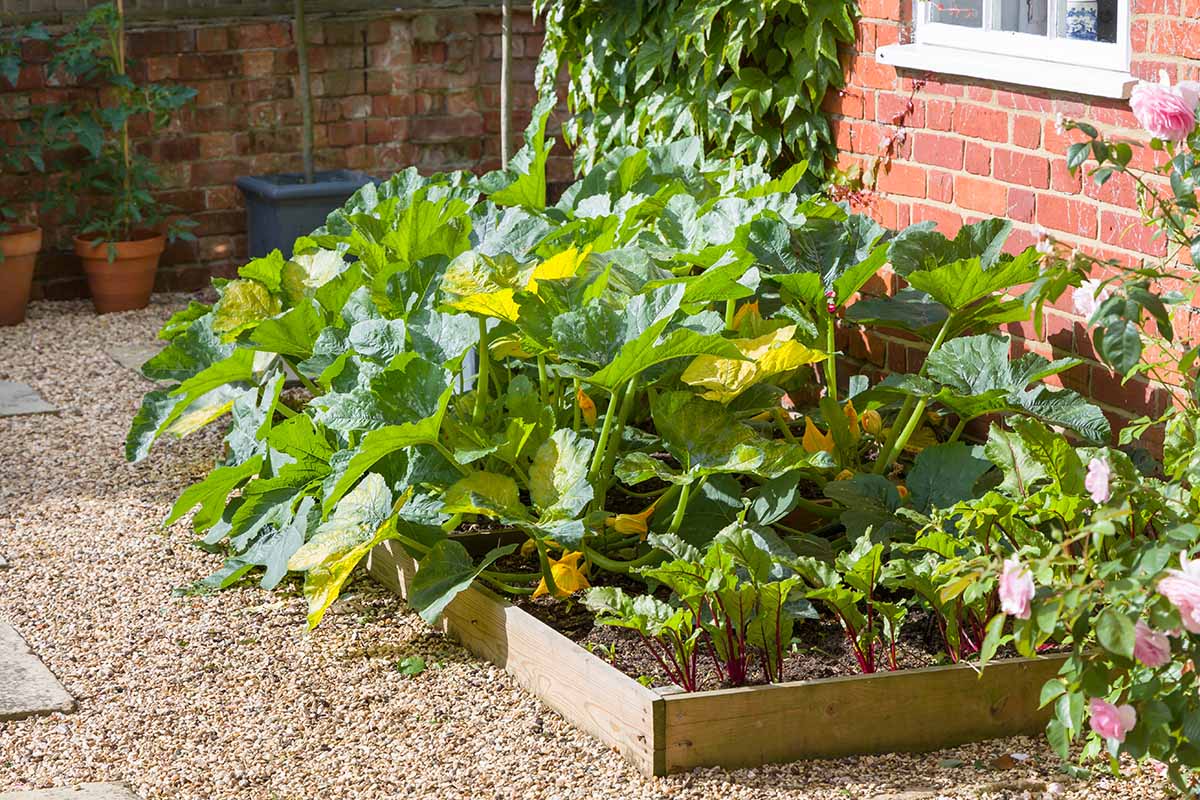
Ensuring Successive Harvests
Encouraging Continuous Planting
To ensure successive harvests of zucchini, stagger your planting throughout the growing season. By sowing seeds or transplanting young seedlings at regular intervals, you can extend the harvest period and enjoy fresh zucchini for an extended period. Consider planting new zucchini plants every two to three weeks to maintain a steady supply of this delicious summer vegetable.
Monitoring and Replanting as Needed
Regular monitoring of your zucchini plants is essential to identify any plants that are no longer productive or have succumbed to pests or diseases. Remove these plants promptly and replant new ones to fill in the vacant spaces. This proactive approach ensures a continuous flow of zucchini and prevents any interruptions in your harvest.
Proper Harvesting Techniques
Knowing when and how to harvest zucchini is essential for maximizing their flavor and quality. Harvest zucchini when they reach a length of 6-8 inches and have a shiny, firm skin. Use a sharp knife or shears to cut the zucchini from the plant, taking care not to damage the remaining stem or nearby fruits. Harvesting regularly not only encourages additional fruit production but also prevents the zucchini from becoming overly large and losing their tenderness.
Storing and Utilizing the Harvested Zucchini
Once you’ve harvested your zucchini, it’s important to store them properly to maintain their freshness. Store unwashed zucchini in a cool, dry place or the refrigerator, where they can keep for up to a week. To utilize your harvest, explore various cooking methods such as grilling, roasting, sautéing, or even baking zucchini bread. The versatility of zucchini makes it a fantastic ingredient for both savory and sweet dishes.
Conclusion
Recap of Key Trimming Points
Trimming a zucchini plant is an important aspect of maintaining its health and productivity. By following the proper techniques, such as removing dead leaves, thinning overgrown branches, and promoting air circulation, you can help your zucchini plant thrive.
Benefits of Regular Trimming
Regular trimming offers numerous benefits for zucchini plants. It improves air circulation and light penetration, reduces disease susceptibility, and redirects the plant’s energy towards more productive areas. Additionally, trimming allows for better maintenance and monitoring to catch any issues early on.
Overall Importance for Zucchini Plant Health
Understanding the basics of trimming and implementing the appropriate techniques are vital for the overall health and success of your zucchini plant. By assessing the plant’s growth, identifying areas that require trimming, and practicing preventive measures, you can enjoy a bountiful harvest and a thriving zucchini garden. Remember to keep monitoring and maintaining your zucchini plants, as ongoing care is key to achieving long-term success.
